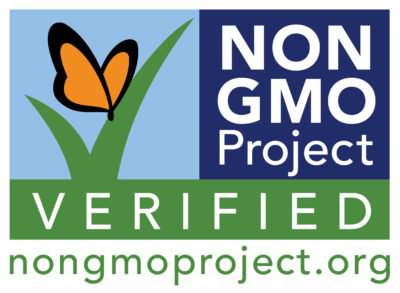The Non-GMO Project
is a nonprofit organization protecting your right to know what's in your food. The Non-GMO Project administers North America's most rigorous certification for avoiding GMOs.
See our mission

Your customers want to know about your Non-GMO commitment
The Butterfly showcases your commitment to a transparent, natural and non-GMO food system.
LEARN MORE ABOUT VERIFICATION
Get Verified
View Verified Products

Your customers want to know about your Non-GMO commitment.
The Butterfly showcases your commitment to a transparent, natural and non-GMO food system.
LEARN MORE ABOUT VERIFICATION
Get Verified
View Verified Products

News and Events
As eaters reach for non-GMO dairy options, millions of acres and billions of dollars are being funneled toward GMOs. New genetically engineered dairy proteins are hitting grocery shelves unlabeled. This month, learn what synthetic dairy is and how to spot it in the market. And why regenerative agriculture is building real solutions.
Learn more about dairy month
As a nonprofit, the Non-GMO Project depends on supporters like you
Give monthly
Give once
